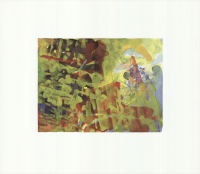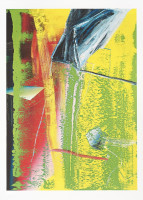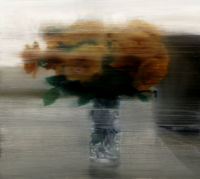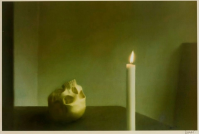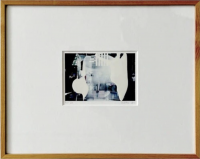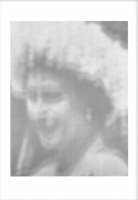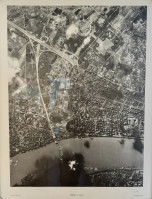
Details
Artist
Styles
Diasec-mounted Giclée print on aluminium composite panel - Numbered and stamped by the publisher on the label label (verso) // Cage: P19-4 by Gerhard Richter is a limited edition giclée print created in 2020. This abstract work showcases Richter's masterful use of texture and layering. Dominated by a complex interplay of red, grey, and subtle hints of other colors, the composition features fragmented, scraped layers of paint that reveal glimpses of the underlying colors. The dynamic structure of the painting gives it a sense of depth and movement, evoking an industrial or urban atmosphere. Richter's technique in this piece reflects his exploration of chance, control, and the unpredictable nature of abstraction.
Cage: P19-4, 2020
form
Medium
Size
100 x 100 cm
- Inches
- Centimeters
Edition
Price
Details
Artist
Styles
Diasec-mounted Giclée print on aluminium composite panel - Numbered and stamped by the publisher on the label label (verso) // Cage: P19-4 by Gerhard Richter is a limited edition giclée print created in 2020. This abstract work showcases Richter's masterful use of texture and layering. Dominated by a complex interplay of red, grey, and subtle hints of other colors, the composition features fragmented, scraped layers of paint that reveal glimpses of the underlying colors. The dynamic structure of the painting gives it a sense of depth and movement, evoking an industrial or urban atmosphere. Richter's technique in this piece reflects his exploration of chance, control, and the unpredictable nature of abstraction.
- Recently Added
- Price (low-high )
- Price (high-low )
- Year (low-high )
- Year (high-low )
Gerhard Richter
Abstraktes Bild, 1982 (Werk 503), 1982/2025
Limited Edition Print
Mixed Media
EUR 1,880
Gerhard Richter
Offset Of Abstract Painting, 1977
Limited Edition Print
Mixed Media
GBP 12,000 - 17,000
Gerhard Richter
Seestück (bewölkt), 1969/2022
Limited Edition Print
Digital Print On Paper
GBP 4,600
What is photorealism?
Photorealism is a genre of art or artistic movement that involves drawing, painting, and other graphic media in which the artist carefully studies a photograph and attempts to reproduce it as realistically as possible in another medium. While the term can broadly describe any artwork created in this manner, it specifically refers to a group of painters and paintings in the U.S. art movement that emerged in the late 1960s and early 1970s.


